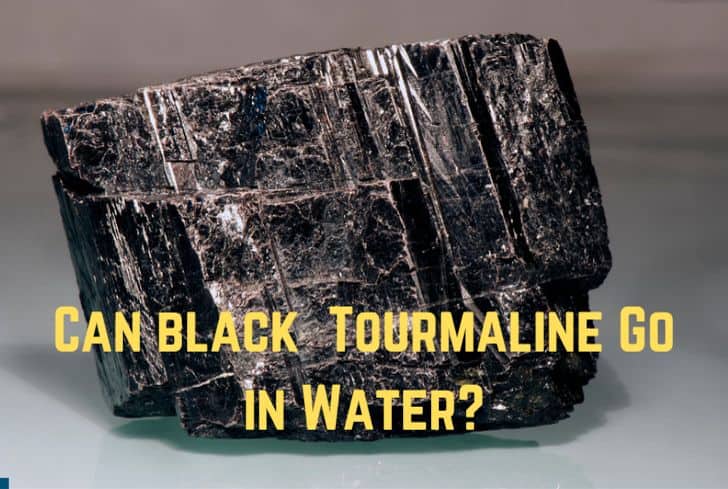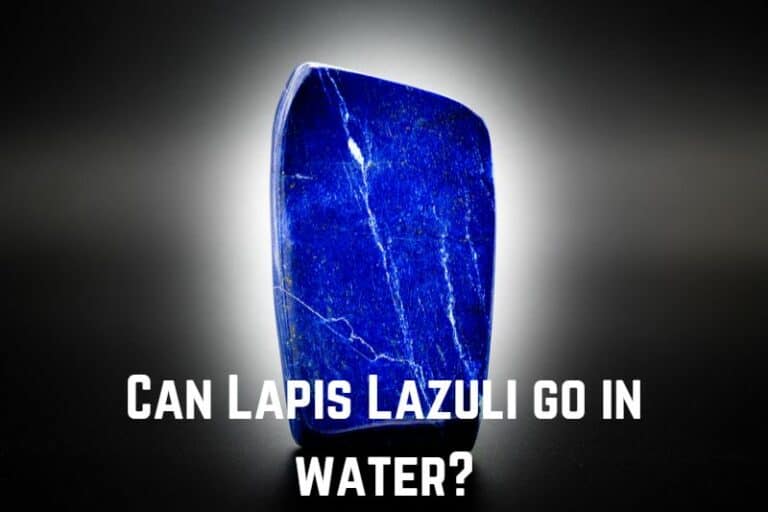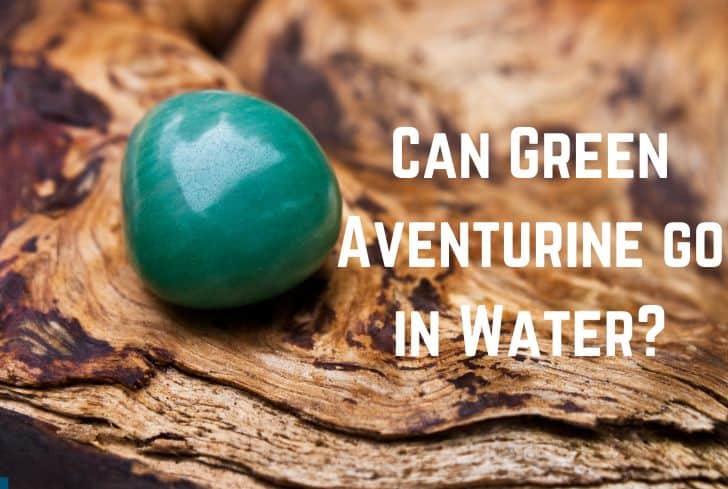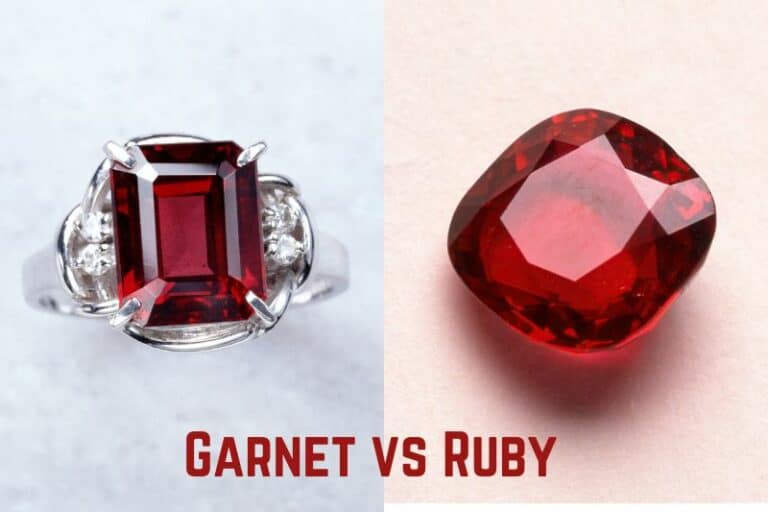Can Rose Quartz Go in the Sun?
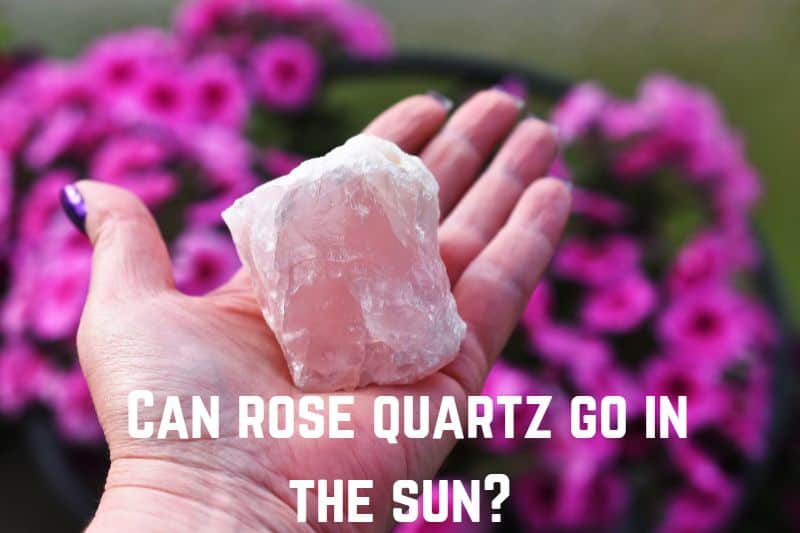
Rose quartz refers to the pink variety of the mineral quartz. It is a hard, crystalline mineral composed of silica (silicon dioxide) and has the chemical formula of SiO2. For centuries, quartz has been used in jewelry and hardstone carving, and it remains popular today.
Have you ever wondered if rose quartz can go in the sun? In this article, we are going to discuss just that. We will look at the stone’s interaction with the sun, the impact of sunlight, and how to cleanse the stone. Finally, we will also discuss the properties and uses of the stone.
Read: Can Smoky Quartz go in the Water? (And in the Sun?)
Can Rose Quartz be in the Sun?
Yes, rose quartz can be in the sun. However, prolonged exposure to sunlight and its heat can harm the stone, causing its color to fade or damage its structure. Therefore, it should never be kept out for too long.
Rose quartz is quite a hard and durable stone. Mohs Hardness Scale is a way of measuring this hardness in terms of a mineral’s relative resistance to scratching. Besides that, it also indicates a mineral’s interaction with water.
Usually, a value over 5.0 implies that the mineral is safe to go in the water. Rose Quartz has a value of 7.0, which means that is quite hard and can also go in water safely. However, despite its hardness, it is not entirely immune to the sun.
Prolonged exposure to the sun’s heat or light can cause the color of the stone to fade away. Moreover, the stone’s structure can also be damaged, creating cracks & fissures. Therefore, you mustn’t leave your rose quartz out for too long.
How Long Can Rose Quartz Be in the Sun?
Although rose quartz is quite a hard stone, leaving it out in the sun for too long can cause it to get discolored or even damaged. Therefore, it is crucial to pay attention to the time duration: usually 3-4 hours in an ideal period.
Prolonged exposure to sunlight is quite bad for many stones. Fluorite, amethyst, and many other gemstones can get harmed by it, losing their color or even getting cracked. Although rose quartz is quite a durable stone, it should also not be put out in sunlight for long.
This is especially true for the transparent variant of the stone, which is also known as “pink quartz”. This variant gets its transparent pink color from irradiation-induced color centers, and it is highly unstable. Excessive exposure to heat/light can cause it to fade, so it shouldn’t be exposed to them.
In general, it is best to leave rose quartz out in the sun only for 3-4 hours. Those who are looking to use the stone to gain love and compassion can keep it out for slightly longer.
Will Rose Quartz Fade in the Sunlight?
Yes, rose quartz will fade in the sunlight. The amount of fading will depend on the intensity of the sunlight and the variant of the stone. Specimens like pink quartz are particularly sensitive and will get easily faded in the sunlight.
Although rose quartz is a durable stone (value of 7.0 on the Mohs Hardness Scale), it is still sensitive to sunlight. Prolonged exposure to the sun’s heat and light can harm the stone, fading its color or even damaging its structure (through cracks) in rare instances.
Pink quartz, the transparent variety of rose quartz, is particularly sensitive to sunlight. Its color comes from irradiation-induced color centers and is quite unstable. It fades away easily with excessive heat/light and therefore should not be exposed to them.
In general, leaving rose quartz out for too long (beyond 3-4 hours) means risking them to fade. Therefore, be cautious and leave it out only for a short while.
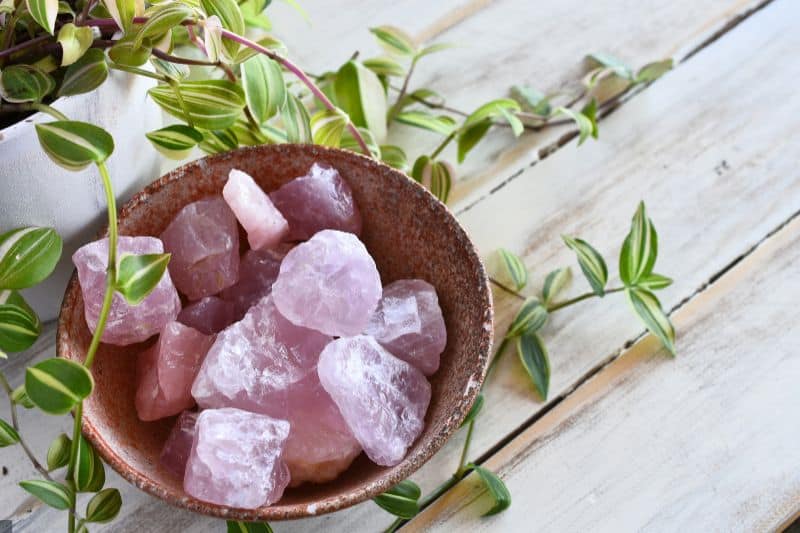
Can I Charge Rose Quartz in the Sunlight?
Yes, rose quartz can be charged in the sunlight. Leaving stones out in the sun is a popular method of recharging them. However, you should keep in mind that rose quartz can be harmed due to prolonged sun exposure; so do not leave it out for long.
Rose quartz is a hard & durable stone, but it can still be harmed in sunlight. Excessive heat/light can discolor it or even damage its structure (creating fissures or cracks). However, when done cautiously, we can use sunlight to charge rose quartz.
Sunlight is a popular method of recharging stones, and you can simply place your rose quartz outside at a place where the sun’s rays are shining. Leave it there for a few hours and then bring it back.
Since rose quartz is a bit sensitive to sunlight, you might leave it out on a windowsill. This way, the glass will protect the stone against harmful UV rays. You can also try keeping the stone out during the early morning/late evening hours when the sunlight is gentle.
Finally, if you are still worried about harming your stone, you can use moonlight to charge your stone instead of sunlight. Just put the stone in a place getting enough moonlight and leave it overnight. This method is best done on a full moon night.
How To Cleanse Rose Quartz?
Rose quartz has a value of 7.0 on the Mohs Hardness Scale, so it is perfectly safe to be cleaned with water. Follow these steps to clean rose quartz:
- Mix a soft detergent/soap with lukewarm water.
- Immerse the stone in the solution for a few minutes, and clean the crevices using a soft brush.
- Rinse it under running water and get rid of any excess soap.
- Let the stone air dry. Twist the stone a few times to remove any water.
Avoid ultrasonic cleaners and steam cleaning as they can damage the stone. As discussed earlier, the transparent variant of rose quartz (known as “pink quartz”) needs to be treated with extra care: its unstable color fades away with heat/light, so it shouldn’t be exposed to them.
After cleaning, if you want to recharge the stone, you can keep it in brown rice, smudge it with sage, or leave it in the moonlight.
Read: Can Rose Quartz Go in the Water? (And Salt Water?)
Properties and Uses of Rose Quartz
These are the properties of rose quartz:
- Appearance: As implied by its name, rose quartz is pink and has a glassy luster. This pink color comes from microscopic inclusions of the pink variety of mineral dumortierite. These inclusions are usually abundant enough to make the rose quartz translucent; however, in some cases, the stone can also be transparent. These transparent pink specimens get their look from irradiation-induced color centers, and their color is often unstable.
- Hardness: Being a type of Quartz, Rose Quartz has a value of 7.0 on the Mohs Hardness scale. It is a moderately resistant mineral and can go in the water safely. The stone also has very good wearability, meaning that it will retain its appearance through regular, everyday use. This is why Rose Quartz is a popular choice for jewelry.
- Composition and Structure: Rose Quartz is a type of Quartz, which is made up of silica or silicon dioxide (SiO2). It has tiny inclusions of dumortierite, which are responsible for giving the stone its distinctive pink color. Quartz has a trigonal crystal system at room temperature and a hexagonal one at temperatures above 573°C (1063°F). Rose quartz does not have cleavage and breaks with a conchoidal fracture.
- Occurrence: Quartz is the most abundant mineral in Earth’s continental crust, coming right behind feldspar. It usually forms as massive, anhedral occurrences in hydrothermal veins and pegmatites. Quartz is also found in sedimentary rocks such as sandstone and shale. Most of the rose quartz sold today come from Brazil, South Africa, and India.
- Optical Properties: Rose Quartz exhibits asterism, or the “star stone effect”, which is a star-shaped concentration of refracted/reflected light visible in a gemstone. To get this optical effect, rose quartz has to be cut in such a way that the base is perpendicular to the c-axis of the stone. The best stones show a distinct, symmetrical star in the center.
These are the uses of rose quartz:
- Lapidary: Rose quartz is one of the most common lapidary materials, thanks to its abundance and affordability. It is popularly used as tumbled stones, beads, and cabochons.
- Jewelry: Having a value of 7.0 on the Mohs Hardness Scale, rose quartz is hard enough to make any kind of jewelry. However, faceted rose quartz is rare because it doesn’t compete well with other faceted materials. Instead, it is best for small sculptures, puffed hearts, and spheres.
- Spiritual Uses: Rose quartz is also believed to have many spiritual properties. It is known as a healing stone that can bring unconditional love. Its vibrations provide emotional support, heal relationships, and encourage compassion. Check out this video by CrystalMeanings to learn more about it.
Conclusion
In this article, we looked at the interaction of rose quartz with the sun. Although it is quite a durable stone, rose quartz can still get damaged when exposed to sunlight for too long. So, it should only be left out for a moderate period (3-4 hours) and can also be charged through other methods (like moonlight). We also discussed the properties and uses of the stone.

